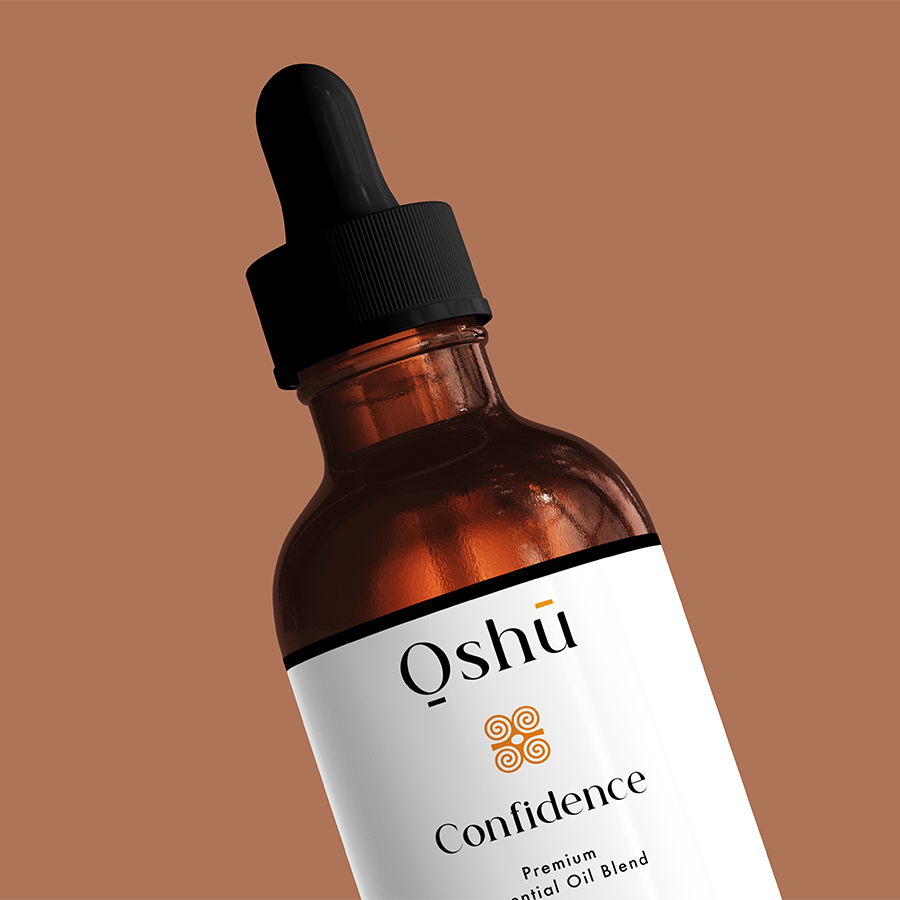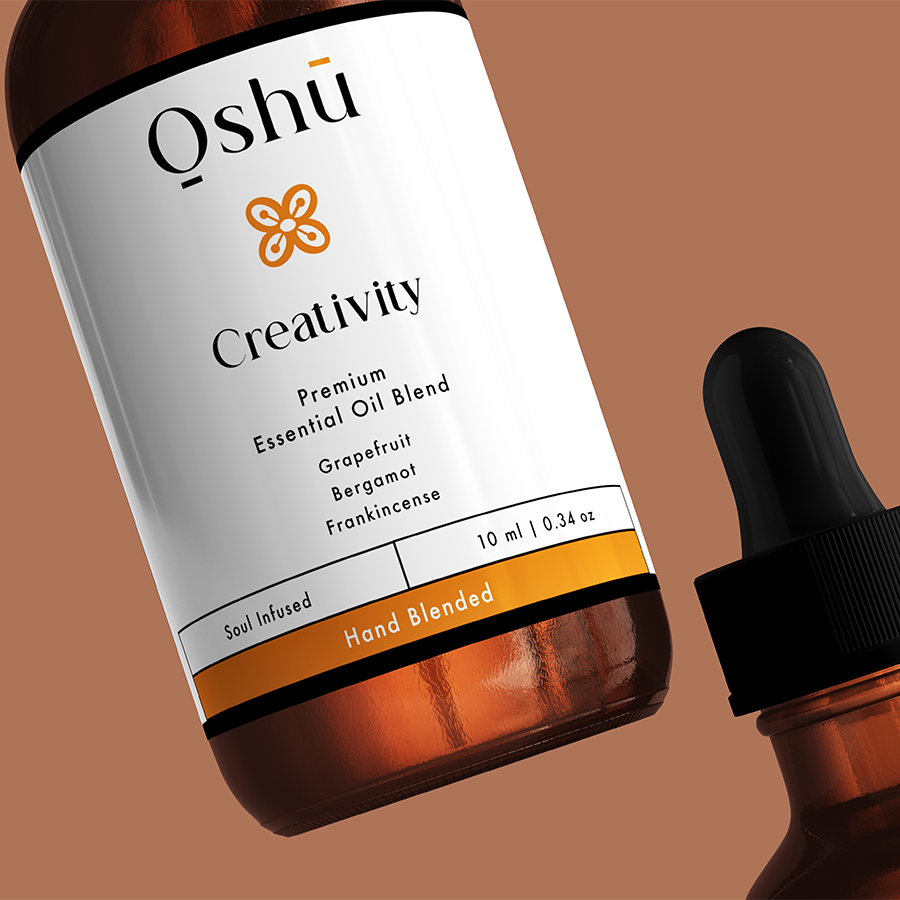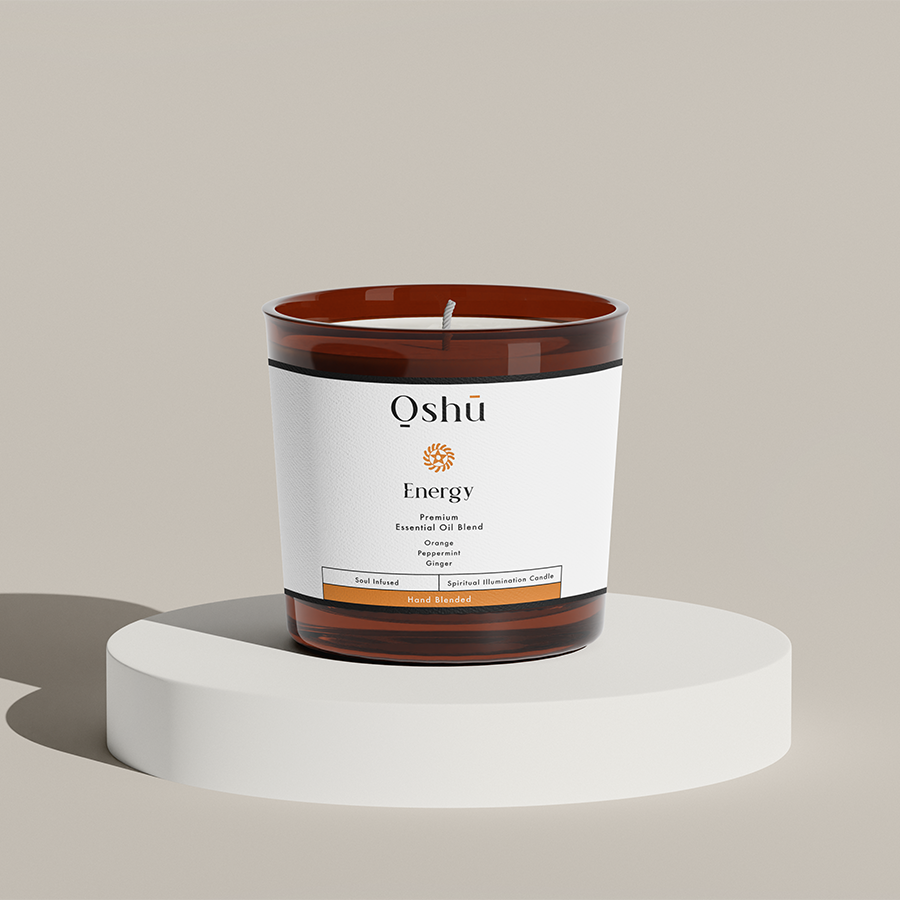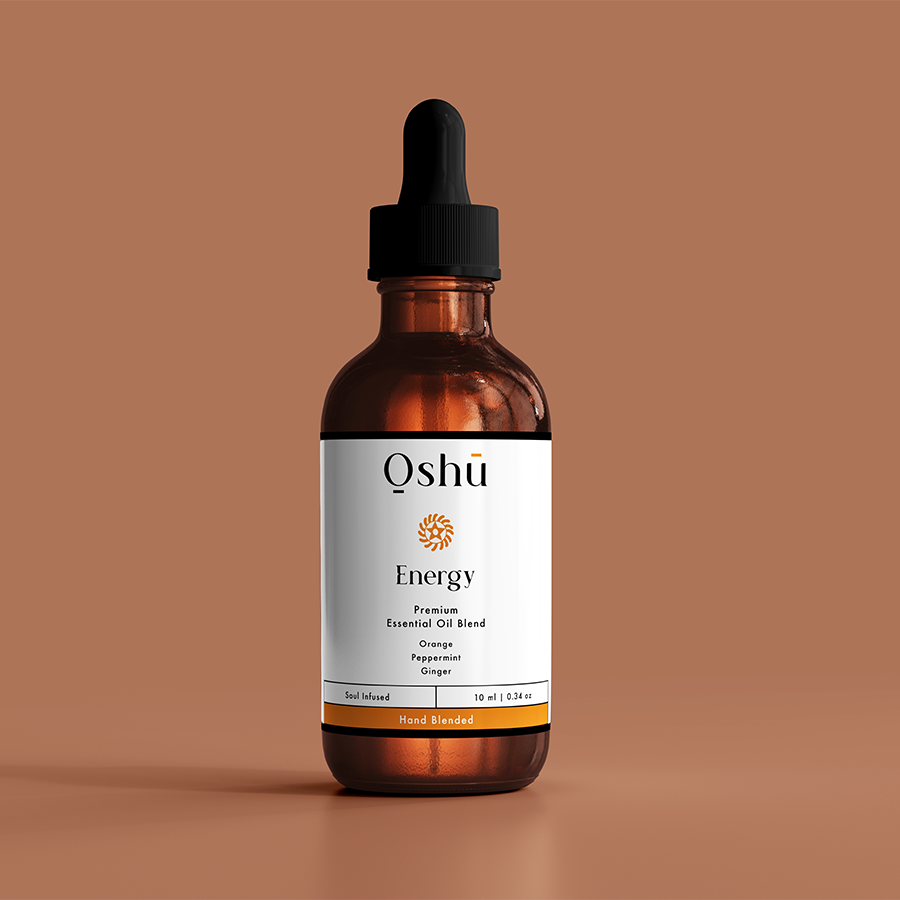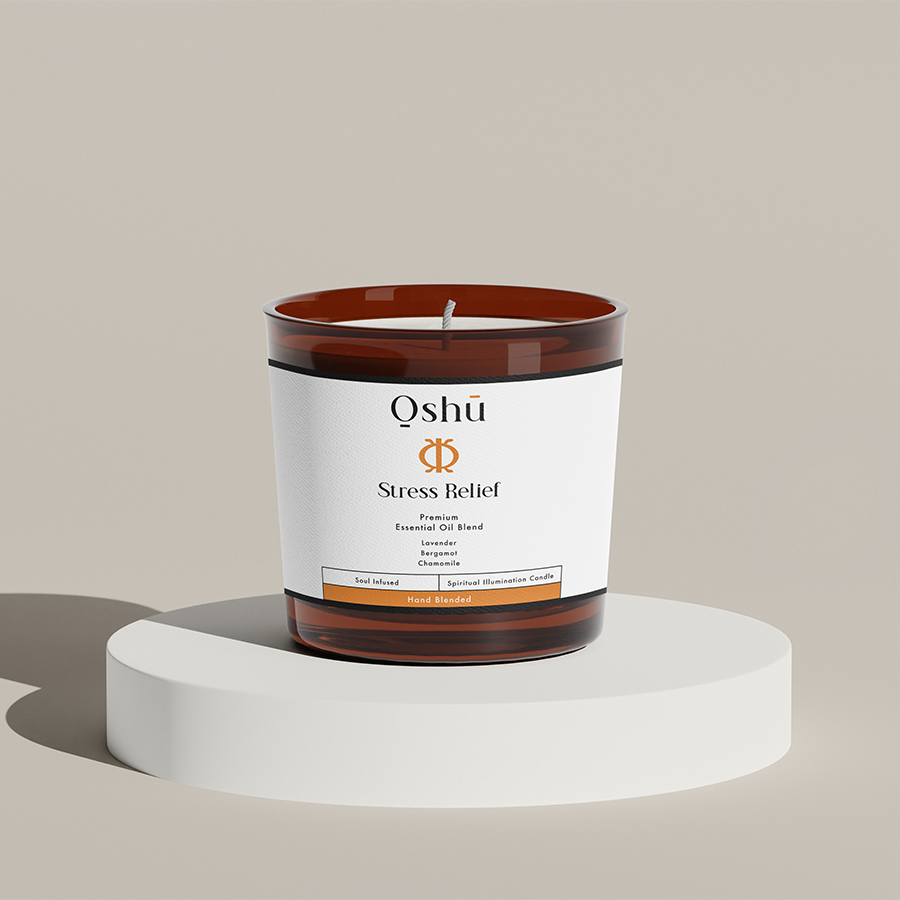Bee stings can be a painful and frightening experience, especially for those who are allergic to bee venom. While most bee stings will only cause minor discomfort, some people may experience severe reactions that require immediate medical attention. Fortunately, essential oils can provide a natural and effective way to alleviate the pain and discomfort associated with bee stings. In this article, we’ll explore the benefits of using essential oils for bee stings and provide guidance on the best oils to use and how to use them.
Table of Contents
The Benefits of Essential Oils for Bee Stings
Essential oils have been used for centuries to treat a variety of ailments, including pain, inflammation, and skin irritations. When it comes to bee stings, essential oils can provide several benefits, including:
• Reducing pain and discomfort: Certain essential oils, such as peppermint and wintergreen, have natural analgesic and anti-inflammatory properties that can help reduce pain and discomfort associated with bee stings.
• Reducing swelling and inflammation: Essential oils like lavender and tea tree oil have anti-inflammatory properties that can help reduce swelling and inflammation caused by bee stings.
• Soothing skin irritations: Essential oils like aloe vera and chamomile can help soothe and calm skin irritations caused by bee stings.
• Reducing anxiety and stress: Certain essential oils, such as bergamot and ylang-ylang, have a calming effect on the mind and body, which can help reduce anxiety and stress associated with bee stings.
The Best Essential Oils for Bee Stings
While there are many essential oils that can be used to treat bee stings, some of the most effective oils include:
• Peppermint oil: Known for its natural analgesic and anti-inflammatory properties, peppermint oil can help reduce pain and discomfort associated with bee stings.
• Lavender oil: With its calming and anti-inflammatory properties, lavender oil can help reduce swelling and inflammation caused by bee stings.
• Tea tree oil: This oil has antibacterial and anti-inflammatory properties that can help reduce the risk of infection and promote healing.
• Wintergreen oil: Similar to peppermint oil, wintergreen oil has natural analgesic and anti-inflammatory properties that can help reduce pain and discomfort.
• Aloe vera oil: Known for its soothing and calming properties, aloe vera oil can help reduce skin irritations and promote healing.
How to Use Essential Oils for Bee Stings
When using essential oils to treat bee stings, it’s important to follow proper safety precautions and usage guidelines. Here are some tips to keep in mind:
• Always dilute essential oils with a carrier oil: Essential oils can be very potent, so it’s important to dilute them with a carrier oil like coconut or jojoba oil before applying to the skin.
• Use a small amount: Only a small amount of essential oil is needed to treat a bee sting. Start with a small amount and gradually increase as needed.
• Apply topically: Essential oils can be applied topically to the affected area using a cotton swab or gentle massage.
• Avoid applying essential oils to open wounds: Essential oils should not be applied to open wounds or broken skin, as this can increase the risk of infection.
• Consult with a healthcare professional: If you have a severe bee sting or are allergic to bee venom, consult with a healthcare professional before using essential oils.
DIY Recipes for Bee Stings Using Essential Oils
Here are some DIY recipes you can try using essential oils to treat bee stings:
• Peppermint and Lavender Oil Blend: Mix 2-3 drops of peppermint oil with 2-3 drops of lavender oil and 1 tablespoon of carrier oil. Apply topically to the affected area.
• Tea Tree Oil and Aloe Vera Gel: Mix 2-3 drops of tea tree oil with 1 tablespoon of aloe vera gel. Apply topically to the affected area.
• Wintergreen and Coconut Oil Blend: Mix 2-3 drops of wintergreen oil with 1 tablespoon of coconut oil. Apply topically to the affected area.
Precautions and Contraindications
While essential oils can be a safe and effective way to treat bee stings, there are some precautions and contraindications to keep in mind:
• Pregnancy and breastfeeding: Certain essential oils, such as peppermint and wintergreen, should be avoided during pregnancy and breastfeeding.
• Allergies: If you have a known allergy to essential oils or bee venom, consult with a healthcare professional before using essential oils.
• Children: Essential oils should be used with caution in children, and only under the guidance of a healthcare professional.
• Severe bee stings: If you experience a severe bee sting, seek medical attention immediately. Essential oils should not be used as a substitute for medical treatment.
Bee stings can be a painful and frightening experience, but essential oils can provide a natural and effective way to alleviate the pain and discomfort associated with them. By using the right essential oils and following proper safety precautions and usage guidelines, you can reduce the risk of infection, promote healing, and find relief from the discomfort of bee stings. Remember to always consult with a healthcare professional if you have a severe bee sting or are allergic to bee venom.
Final Thoughts
At Oshu Oils, we’re committed to providing you with the best information and resources to help you navigate the world of essential oils. Whether you’re a seasoned essential oil user or just starting out, we hope this article has provided you with valuable insights and tips on how to use essential oils to treat bee stings. Remember to always use high-quality, pure essential oils and follow proper safety precautions to ensure the best results.
Frequently Asked Questions
What are essential oils, and how do they help with bee stings?
Essential oils are natural, concentrated plant extracts that have been used for centuries to promote health and wellness. When it comes to bee stings, certain essential oils have anti-inflammatory, antiseptic, and pain-relieving properties that can help alleviate symptoms and promote healing. By using high-quality essential oils, such as those from doTERRA, you can experience natural relief from bee sting discomfort.
Which essential oils are best for bee stings?
Several essential oils are known for their effectiveness in soothing bee sting discomfort. Some of the most popular options include Lavender, Tea Tree, Peppermint, and Geranium. These oils can be used individually or blended together to create a powerful remedy for bee stings.
How do I use essential oils for bee sting relief?
To use essential oils for bee sting relief, simply apply a few drops of the oil to the affected area using a carrier oil like coconut or jojoba oil. You can also add a few drops to a cold compress or use a topical cream or balm that contains the essential oil. Always dilute the essential oil with a carrier oil and perform a patch test before using it on the affected area.
Can I use essential oils on broken skin?
It’s generally recommended to avoid using essential oils on broken skin, as they can be irritating and cause further discomfort. Instead, apply the essential oil to the surrounding area or use a carrier oil to help soothe and calm the skin. If the skin is severely broken or infected, consult with a healthcare professional for proper treatment.
How long does it take for essential oils to work on bee stings?
The effectiveness of essential oils on bee stings can vary depending on the individual and the severity of the sting. In general, you can expect to start feeling relief within 15-30 minutes of applying the essential oil. For more severe reactions, it may take longer to experience relief.
Can I use essential oils on children?
Yes, essential oils can be used on children, but it’s important to exercise caution and follow proper dilution guidelines. Children’s skin is more sensitive than adult skin, so it’s recommended to use a higher dilution ratio (e.g., 1% essential oil to 99% carrier oil) and perform a patch test before using the oil on the affected area. Always consult with a healthcare professional before using essential oils on children.
Are essential oils safe to use during pregnancy or breastfeeding?
While essential oils are generally considered safe to use during pregnancy and breastfeeding, it’s always best to consult with a healthcare professional before using them. Some essential oils, such as Clary Sage and Peppermint, may not be recommended during certain stages of pregnancy or breastfeeding. Always err on the side of caution and consult with a healthcare professional before using essential oils.
Can I use essential oils if I have a bee sting allergy?
If you have a severe bee sting allergy, it’s crucial to seek medical attention immediately. Essential oils should not be used as a replacement for proper medical treatment. However, if you have a mild allergy, certain essential oils like Lavender and Tea Tree may help alleviate symptoms. Always consult with a healthcare professional before using essential oils if you have a bee sting allergy.
How do I store essential oils?
To preserve the potency and quality of your essential oils, store them in a cool, dark place, such as a cupboard or drawer. Keep the oils away from direct sunlight, heat, and moisture, and always tighten the cap after use. It’s also recommended to store essential oils in their original packaging or in dark glass bottles.
What is the shelf life of essential oils?
The shelf life of essential oils can vary depending on the quality of the oil, storage conditions, and handling. In general, high-quality essential oils can last for 1-3 years if stored properly. Always check the expiration date or batch number on the packaging and follow the manufacturer’s guidelines for storage and use.
Can I ingest essential oils?
No, it’s not recommended to ingest essential oils, as they can be toxic and cause serious health problems. Essential oils are highly concentrated and can be damaging to the digestive system, liver, and kidneys if ingested. Always use essential oils topically or aromatically, and follow the recommended dilution guidelines and usage instructions.
How do I choose a high-quality essential oil brand?
When choosing an essential oil brand, look for companies that prioritize quality, purity, and sustainability. doTERRA is a well-known and reputable brand that offers high-quality, certified pure therapeutic grade essential oils. Always research the company’s sourcing practices, quality control measures, and third-party testing to ensure you’re getting a high-quality product.
What is the difference between therapeutic grade and perfume grade essential oils?
Therapeutic grade essential oils are of the highest quality and are intended for aromatherapy and medicinal use. They are extracted using gentle methods and are free of additives, fillers, and chemicals. Perfume grade essential oils, on the other hand, are lower quality and may contain additives, fillers, and chemicals. They are intended for fragrance use only and should not be used for therapeutic purposes.
Can I use essential oils in my diffuser for bee sting relief?
Yes, you can use essential oils in your diffuser to help alleviate bee sting discomfort. Simply add a few drops of the essential oil to the diffuser, and inhale the vapors to help reduce pain and inflammation. This method is especially helpful for children or individuals who are sensitive to topical application.
How do I make a bee sting relief blend?
To make a bee sting relief blend, combine 2-3 drops of Lavender, Tea Tree, and Peppermint essential oils with 1 tablespoon of carrier oil (e.g., coconut or jojoba oil). Apply the blend to the affected area using a gentle, massaging motion. You can also add other essential oils like Geranium or Frankincense to enhance the blend’s effectiveness.
Can I use essential oils to prevent bee stings?
While essential oils can’t guarantee complete protection against bee stings, certain oils like Peppermint, Lemongrass, and Citronella may help repel bees and other insects. Apply a few drops of the essential oil to your skin or clothing before spending time outdoors to help deter bees and other insects.
How do I remove a bee stinger?
To remove a bee stinger, gently scrape the stinger off the skin using a credit card or your fingernail. Avoid pinching or squeezing the stinger, as this can release more venom into the skin. Wash the area with soap and water, and apply an essential oil blend or topical cream to help alleviate discomfort.
What are some natural remedies for bee sting relief?
In addition to essential oils, other natural remedies for bee sting relief include baking soda, honey, and cold compresses. Baking soda can help neutralize the acid in the venom, while honey has antibacterial properties that can promote healing. Cold compresses can help reduce swelling and pain.
Can I use essential oils for other insect bites?
Yes, essential oils can be used to alleviate discomfort from other insect bites, such as mosquito bites, spider bites, and ant bites. The same essential oils that are effective for bee stings, such as Lavender, Tea Tree, and Peppermint, can also be used to soothe and calm other insect bites.
How do I know if I’m having an allergic reaction to a bee sting?
If you experience any of the following symptoms after a bee sting, seek medical attention immediately: difficulty breathing, rapid heartbeat, dizziness, or swelling of the face, lips, tongue, or throat. These are signs of a severe allergic reaction and require prompt medical attention.
Can I use essential oils on pets?
Yes, essential oils can be used on pets, but it’s crucial to exercise caution and follow proper dilution guidelines. Pets have sensitive skin and can be more susceptible to essential oil toxicity. Always consult with a veterinarian before using essential oils on your pet, and start with small amounts to ensure safety.
How do I clean and disinfect surfaces after a bee sting?
To clean and disinfect surfaces after a bee sting, use a mixture of soap and water, followed by a disinfectant spray or wipe. This will help remove any remaining venom and prevent the spread of infection. Always wash your hands thoroughly after handling the affected area or cleaning surfaces.




